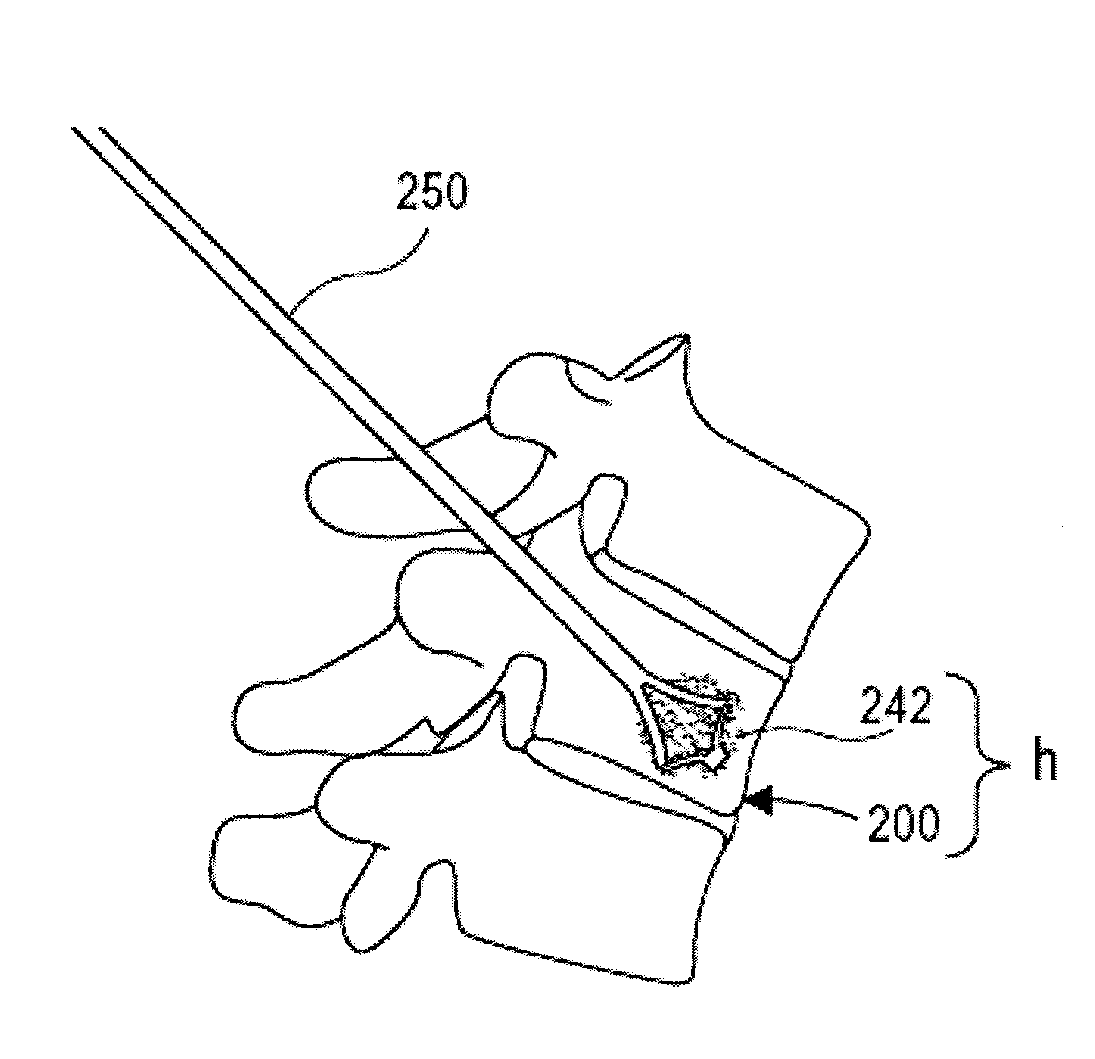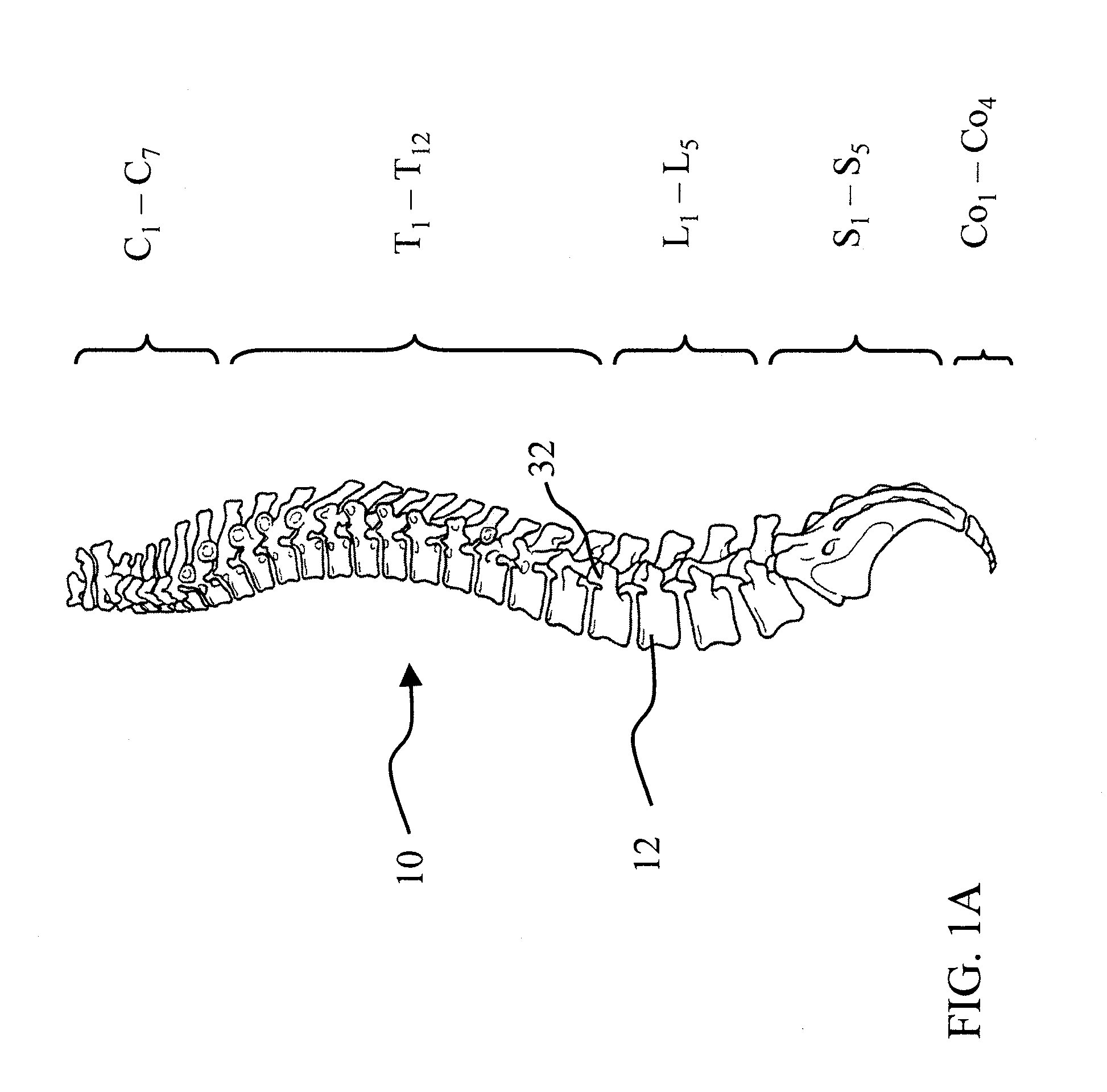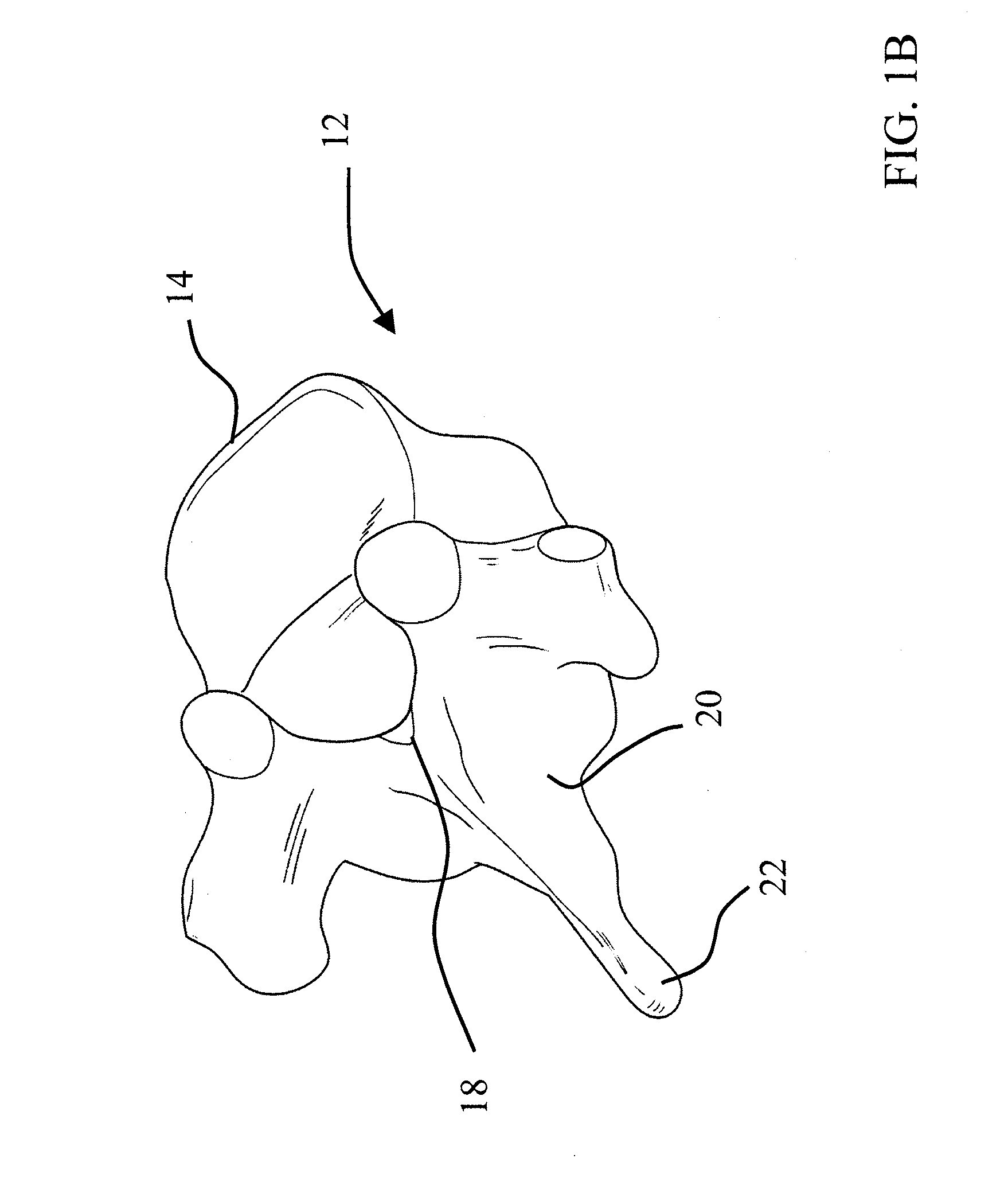Implantable devices and methods for treating micro-architecture deterioration of bone tissue
a technology of bone tissue and implantable devices, which is applied in the field of implantable devices and methods for treating micro-architecture deterioration of bone tissue, can solve the problems of increasing fracture risk, bone fragility and an increase in fracture risk, and affecting mobility and quality of life, so as to prevent slippage or movement
- Summary
- Abstract
- Description
- Claims
- Application Information
AI Technical Summary
Benefits of technology
Problems solved by technology
Method used
Image
Examples
Embodiment Construction
[0052]There is a general need to provide systems and methods for use in treatment of fractures and microarchitecture deterioration of bone tissue, such as vertebral compression fractures (“VCFs”), that provides a greater degree of control over introduction of bone support material, and that provide better outcomes. Embodiments of the present invention meet one or more of the above needs, or other needs, and provide several other advantages in a novel and non-obvious manner.
[0053]The invention relates to implantable devices and systems suitable for implantation within the body to restore and / or augment connective tissue such as bone, and systems for treating bone and microarchitecture deterioration of bone tissue, including spinal pathologies. The invention relates generally to implantable devices, apparatus or mechanisms that are suitable for implantation within a human body to restore, augment, and / or replace soft tissue and connective tissue, including bone, and systems for treati...
PUM
 Login to View More
Login to View More Abstract
Description
Claims
Application Information
 Login to View More
Login to View More - R&D
- Intellectual Property
- Life Sciences
- Materials
- Tech Scout
- Unparalleled Data Quality
- Higher Quality Content
- 60% Fewer Hallucinations
Browse by: Latest US Patents, China's latest patents, Technical Efficacy Thesaurus, Application Domain, Technology Topic, Popular Technical Reports.
© 2025 PatSnap. All rights reserved.Legal|Privacy policy|Modern Slavery Act Transparency Statement|Sitemap|About US| Contact US: help@patsnap.com



